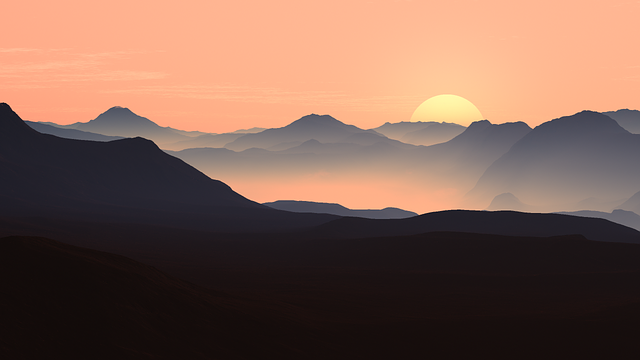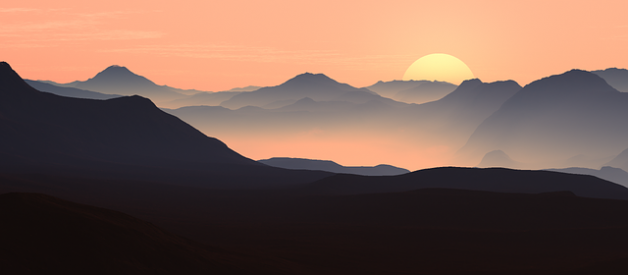Have you ever looked to the skies and wondered how it would feel to float in a cushion of cloud? If I tell that you?ve walked in the clouds several times would you believe? If you?ve ever walked through a fog or mist then you?ve been to the clouds.
I?ll show you what I mean.

What is a Cloud?
A cloud is a visible body of water that has condensed high in the atmosphere.
When water evaporates from the earth surface, it forms vapour which may move vertically (towards the sky) or horizontally (along the earth surface) or both vertically and horizontally. It all depends on the direction and pattern of wind flow in the region.
If the water vapour formed from evaporation moves towards the sky and condenses at high altitudes it forms a cloud. The vapour condense around dust and smoke particles (called condensation nuclei) to form clouds. Clouds vary in their height and mass.

What is a Fog or Mist?
When the condensation (which you read above) occurs close to the earth surface, it forms a fog ormist. So, a fog or mist is simply a cloud that has formed close to the earth surface.
Therefore, every feeling you get when walking through a fog or mist is what you get when walking through a cloud. The obscurity and unclearness, the cold and chilling temperature, those are the same feelings you will get when you walk through the clouds.
What?s the difference between Fog and Mist?
A fog and a mist are the same, the only difference is the extent of unclearness.
If visibility is less than 1,000 metres (a kilometre) geographers call it a ‘fog’ but if visibility is greater than a kilometre (1,000 metres) geographers call it ‘mist?. It?s as simple as that.
So, clouds, mists and fogs are masses of condensed body of water.

Enter Haze
There?s another member of the group that you should meet. I?d be doing you an injustice if i don?t introduce it to you….Ladies and gentlemen?!!!Mr haze!!!
Haze on the other hand is quite different from the previous three. Haze refers to very tiny dry particles (not water) such as dust, smoke etc. which are suspended in the air and are invisible to the naked eye. If such suspended materials are dense enough to cause unclearness to the sight, then we can call it haze.
These suspended particles may sometimes cause the red sky which you see at sunset.
Conclusion
From the above explanation you?ve learnt that:
- Water vapour that condenses high in the atmosphere is called a cloud.
- Water vapour that condenses close to the earth surface is called fog or mist.
- The difference between fog and mist is only a matter of how much vision is obscured.
- Haze is tiny solid particles that ?clouds? the atmosphere.
AboutNasiru: He is aGISAnalyst, Cartographer and CEO atGeoAfrikanaSpatialSolutions. He also finds time to write articles andbeaGIStutor. His mission. ?To provide cutting-edge geospatial services for researchers, businesses and governments?.
Good bye for now.


